While the heavy AA guns and their dual-purpose successors could be potent weapons against aircraft in the right situation, there were also cases where their limits were sharply revealed. Even the fastest-firing of them was limited to no more than one round every three seconds or so, and when the target was a strafing fighter or a torpedo bomber closing in for the drop, they simply could not respond fast enough. Smaller weapons, of limited range but capable of filling the air with steel, were needed.
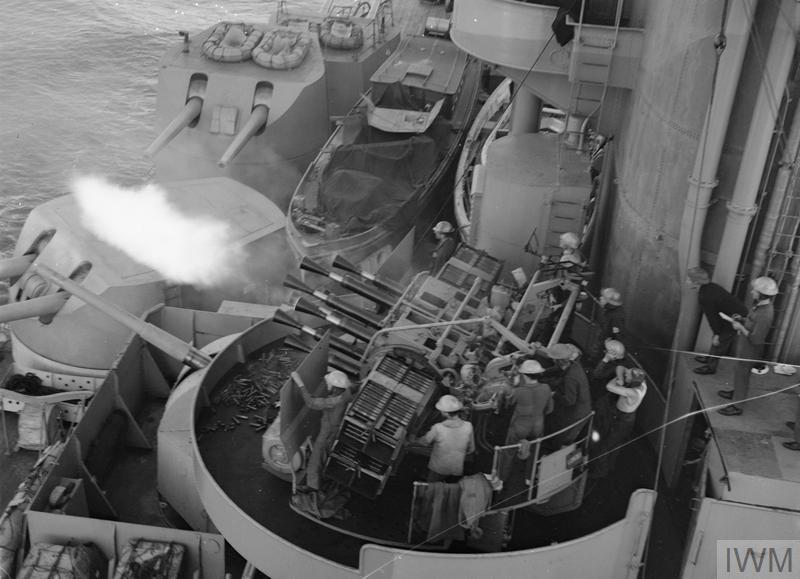
Octuple Pom-Pom on HMS Rodney
Initially, these were simply versions of the standard machine guns used ashore, fitted with ring sights and bolted to a convenient railing. These were adequate in World War I, but shortly after the end of the war, the British saw the need for something better. They had also made use of the 2-pdr Pom-Pom, a 40mm autocannon, for AA firepower and decided to base their future light AA weapon on it. Development began in 1920, but lack of funding slowed development, and the famous octuple 2-pdr Pom-Pom didn't enter service for another decade. It was a revolutionary weapon, introducing director control and power operation to automatic AA weapons. The 2-pound shell was powerful enough for aircraft of the era, with a 0.16 lb bursting charge. On the downside, rate of fire was only 90 rds/min/gun, and the choice to use existing ammunition limited muzzle velocity to only 1,900 ft/sec. By the late 30s, this was clearly insufficient, and an improved version capable of about 2,300 ft/sec was designed. It was not capable of firing the old ammo, and for some bizarre reason, both low and high-velocity weapons were kept in production throughout the war.
Read more...
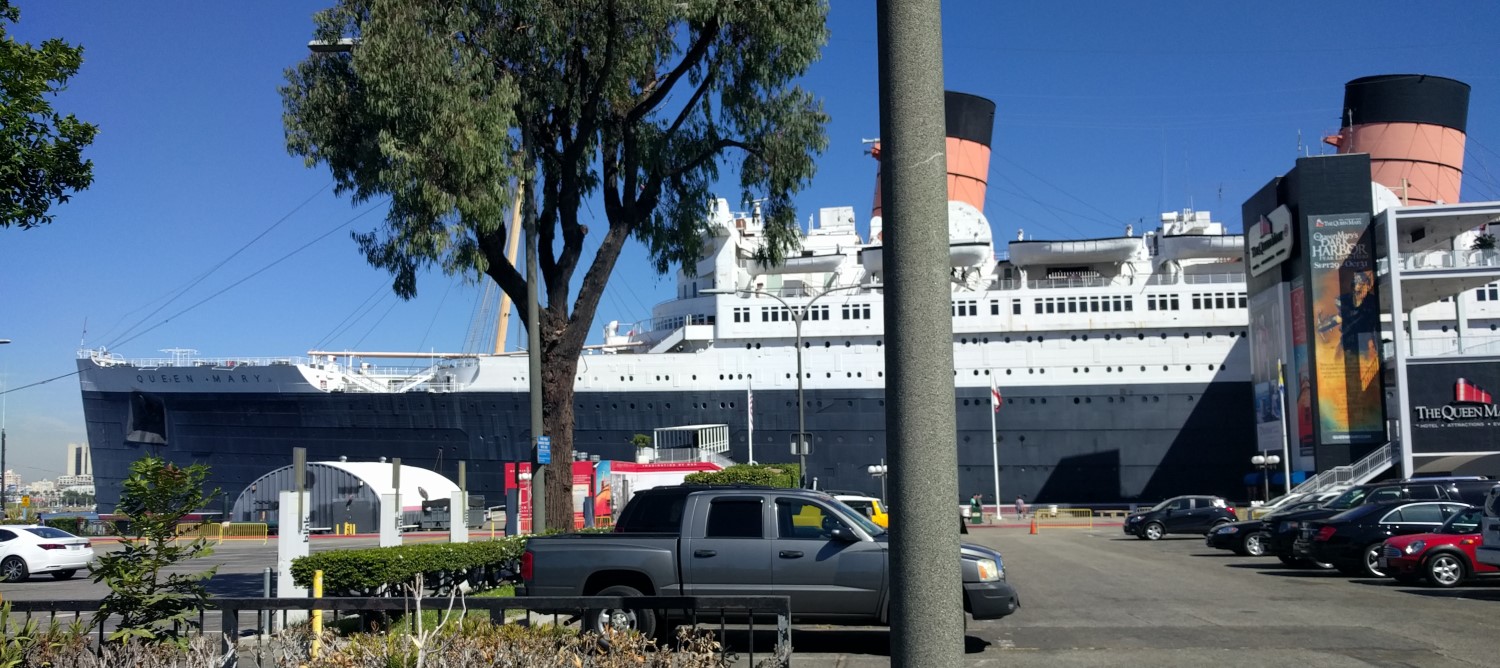

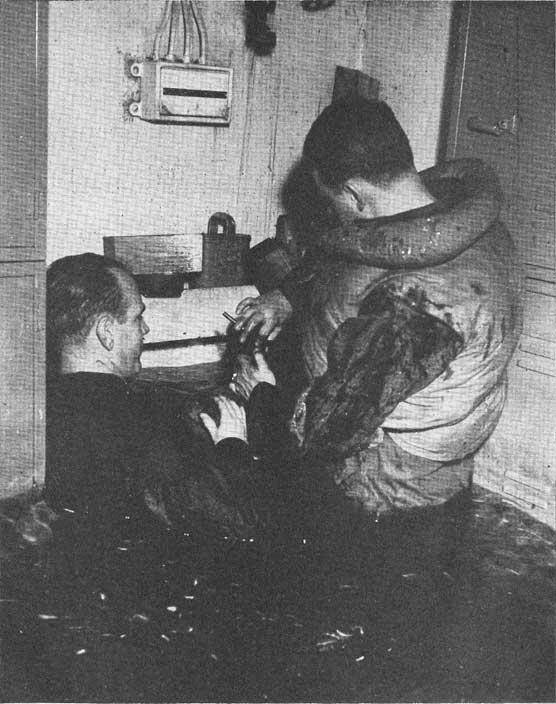
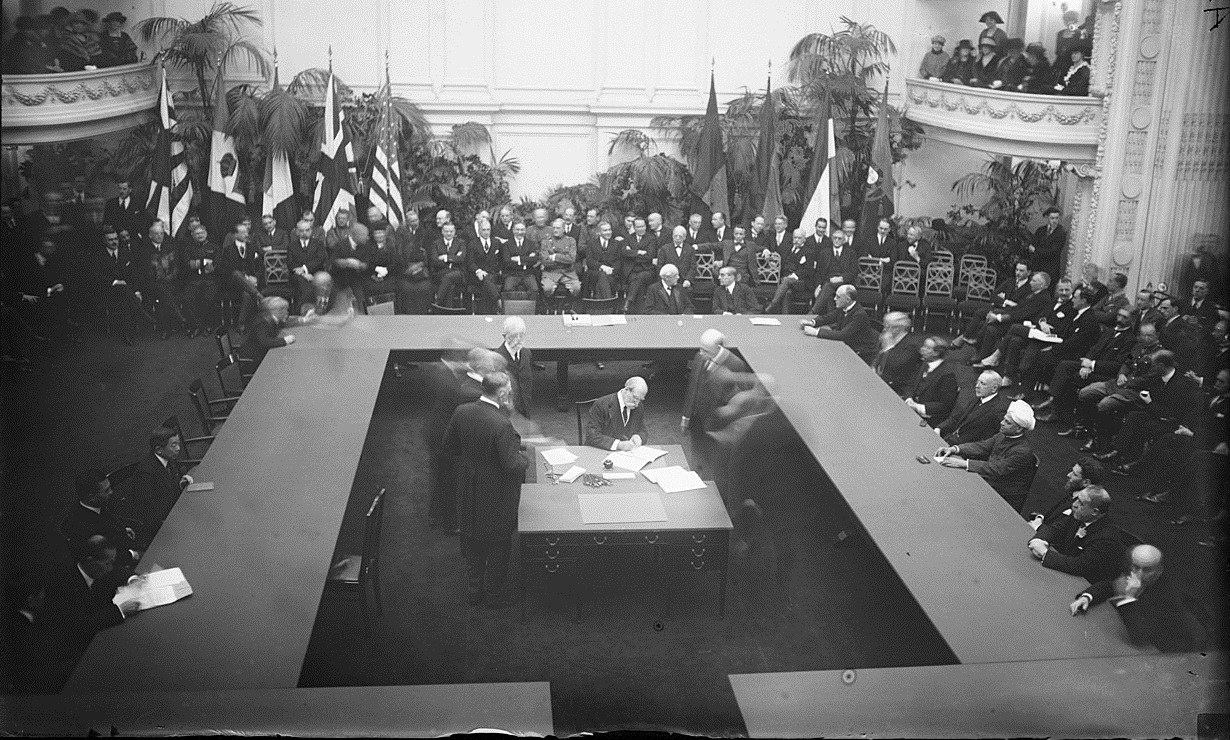
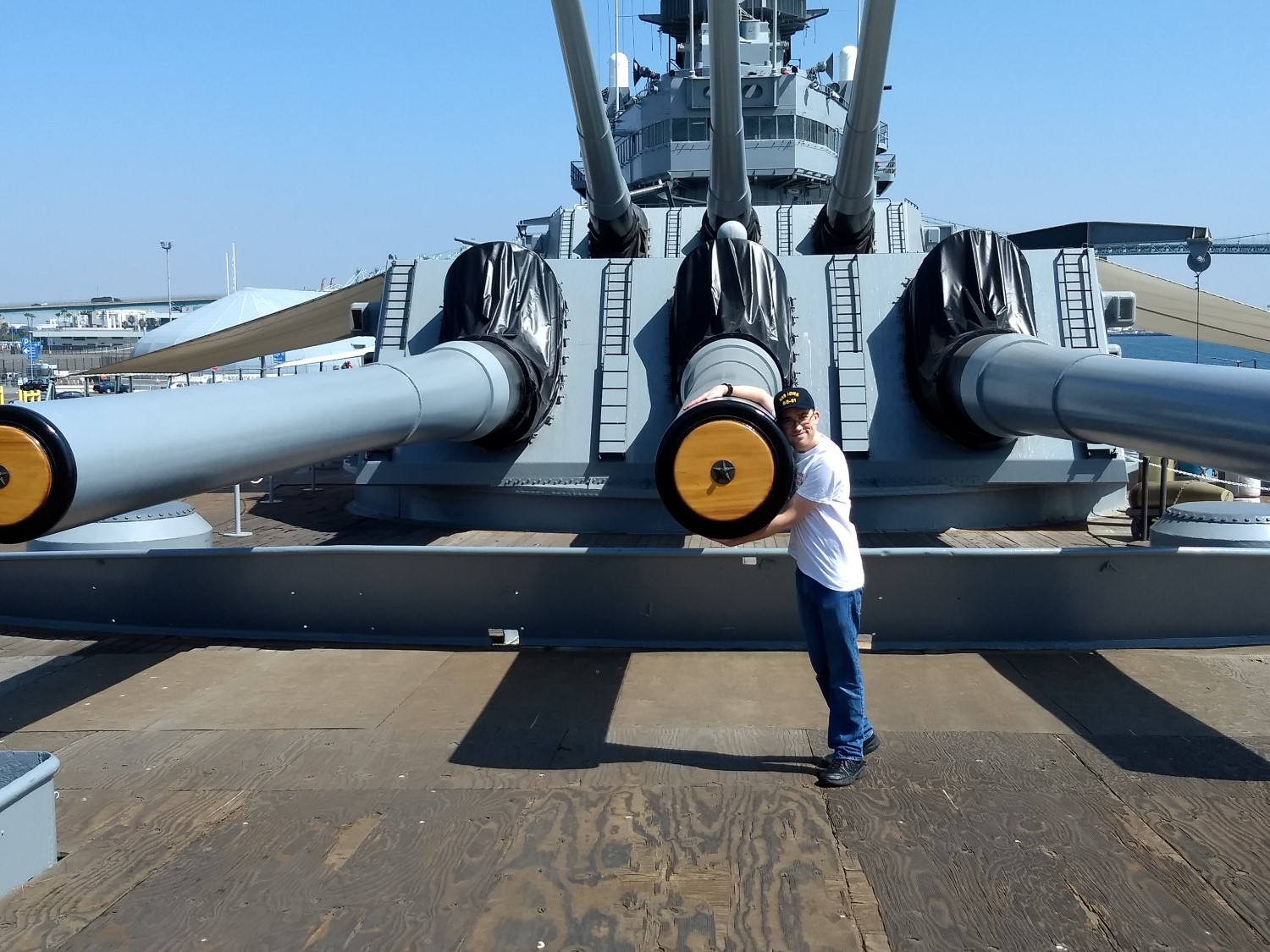

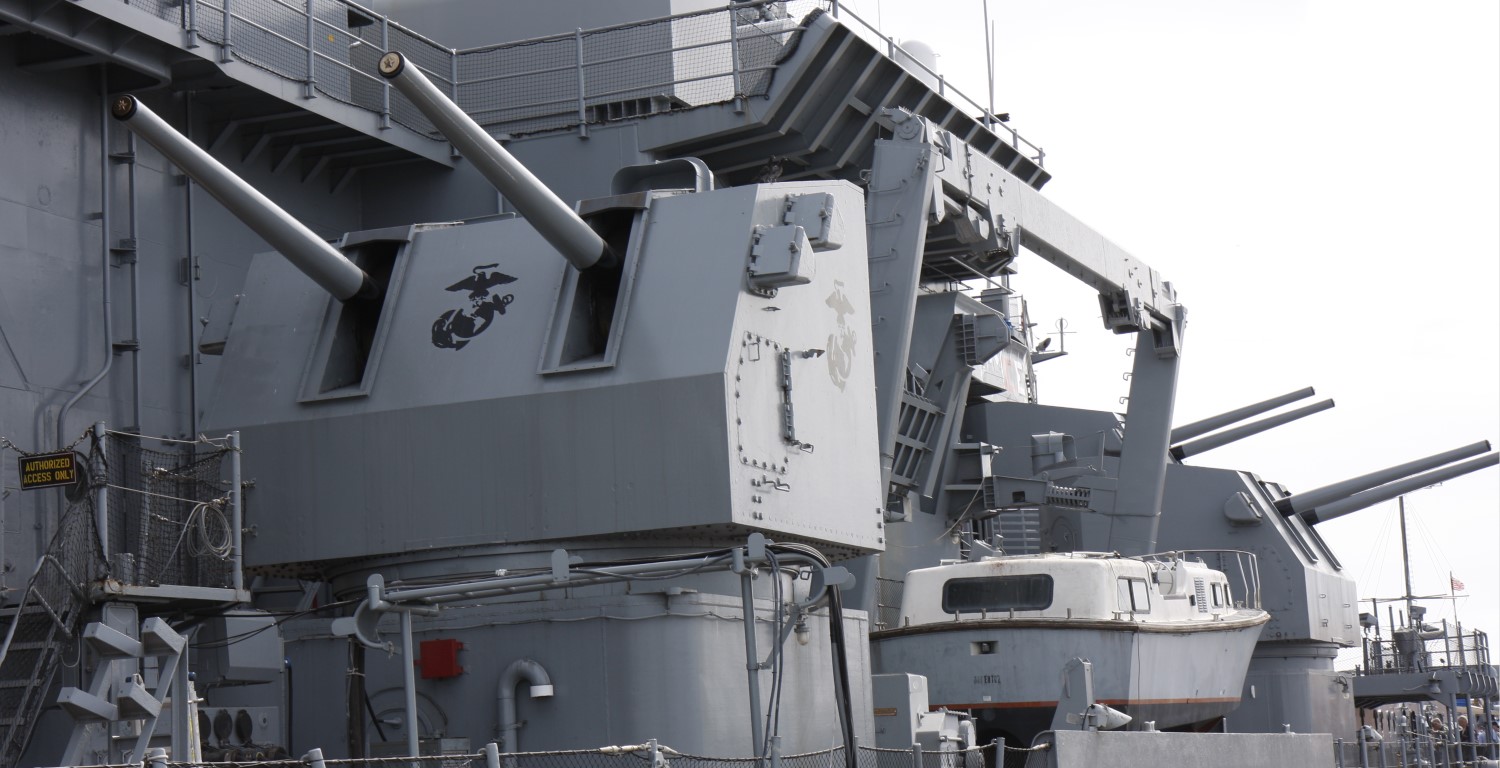


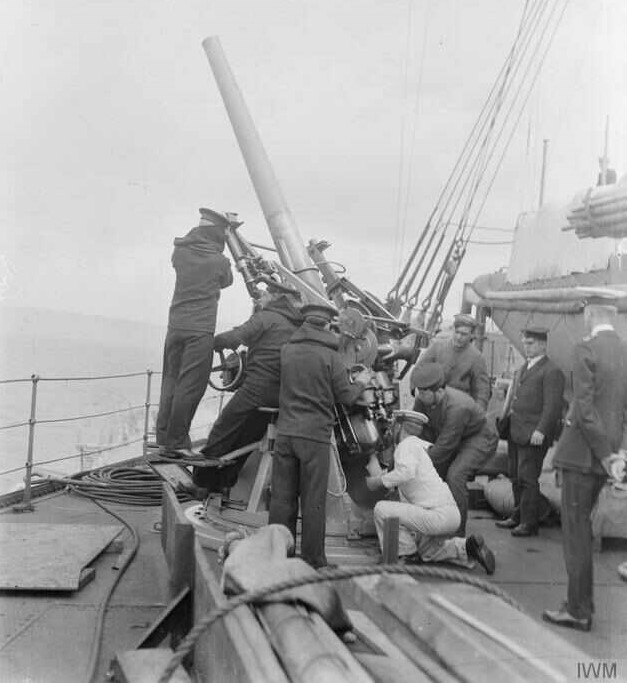
Recent Comments